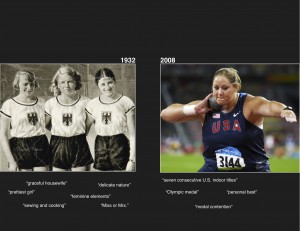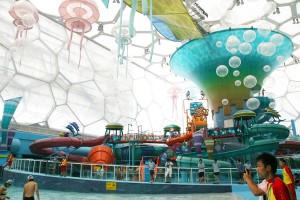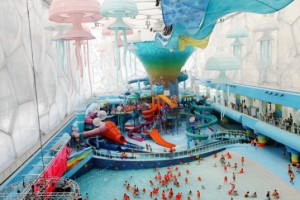The largely conservative news outlets during the 1932 Olympics in Las Angeles tended to have bias against women as serious athletes. Their role as wives and mothers rather then athletes were more significant. News of women’s scores, times, and wins were less distributed then the men’s. When talking about the athletes, women’s names were preceded by Miss or Mrs. suggesting that their marital status was more important then their individual accomplishments. This is contrasted with news coverage of the 2008 Olympic games. Generally speaking, women are treated equally to men; Olympic attention is given to those that preform well.
Here, the conception of women as housewives and delicate is an apparatus of the era’s news coverage. It seems to be a idealistic and nostalgic view for pre-1920’s roles of women. The apparatus is thus less concerned with news coverage and reporting and more focused on a view of society.
In the case of the difference in coverage between 1932 and 2008, the change in social norms (or perhaps more accurately, the perception of social norms) does not seem to reflect physical changes in people (particularly women) but rather societal changes.
So, how did these changes, which are so evident (see image), come about?


